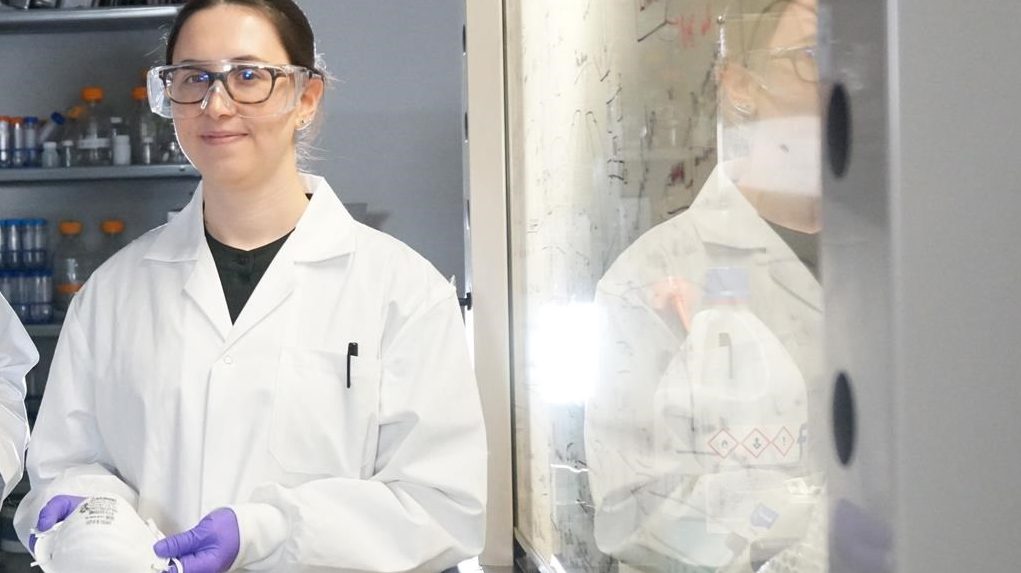
Salt that crystallizes with sharp edges is the killer ingredient in the development of a reusable mask because any COVID-19 droplets that land on it would be quickly destroyed, says a researcher who is being recognized for her innovation.
Posted Nov 24, 2020, 06:29AM EST
Salt that crystallizes with sharp edges is the killer ingredient in the development of a reusable mask because any COVID-19 droplets that land on it would be quickly destroyed, says a researcher who is being recognized for her innovation.
Ilaria Rubino, a recent PhD graduate from the department of chemical and materials engineering at the University of Alberta, said a mostly salt and water solution that coats the first or middle layer of the mask would dissolve droplets before they can penetrate the face covering.
As the liquid from the droplets evaporates, the salt crystals grow back as spiky weapons, damaging the bacteria or virus within five minutes, Rubino said.
“We know that after the pathogens are collected in the mask, they can survive. Our goal was to develop a technology that is able to inactivate the pathogens upon contact so that we can make the mask as effective as possible.”
Rubino, who collaborated with a researcher at Georgia State University in Atlanta to advance the project she started five years ago, was recognized Tuesday with an innovation award from Mitacs. The Canadian not-for-profit organization receives funding from the federal government, most provinces and Yukon to honour researchers from academic institutions.
The reusable, non-washable mask is made of a type of polypropylene, a plastic used in surgical masks, and could be safely worn and handled multiple times without being decontaminated, Rubino said.
The idea is to replace surgical masks often worn by health-care workers who must dispose of them in a few hours, she said, adding the technology could potentially be used for N-95 respirators.
The salt-coated mask is expected to be available commercially next year after regulatory approval. It could also be used to stop the spread of other infectious illnesses, such as influenza, Rubino said.
Dr. Catherine Clase, an epidemiologist and associate professor of medicine at McMaster University in Hamilton, said the “exciting” technology would have multiple benefits.
Clase, who is a member of the Centre of Excellence in Protective Equipment and Materials in the engineering department at McMaster, said there wasn’t much research in personal protective equipment when Rubino began her work.
“It’s going to decrease the footprint for making and distributing and then disposing of every mask,” she said, adding that the mask could also address any supply issues.
The Public Health Agency of Canada recently recommended homemade masks consist of at least three layers, with a middle, removable layer constructed from a non-woven, washable polypropylene fabric to improve filtration.
Conor Ruzycki, an aerosol scientist in the University of Alberta’s mechanical engineering department, said Rubino’s innovation adds to more recent research on masks as COVID-19 cases rise and shortages of face coverings in the health-care system could again become a problem.
Ruzycki, who works in a lab to evaluate infiltration efficiencies of different materials for masks and respirators, is also a member of a physician-led Alberta group Masks4Canada, which is calling for stricter pandemic measures, including a provincewide policy on mandatory masks.
